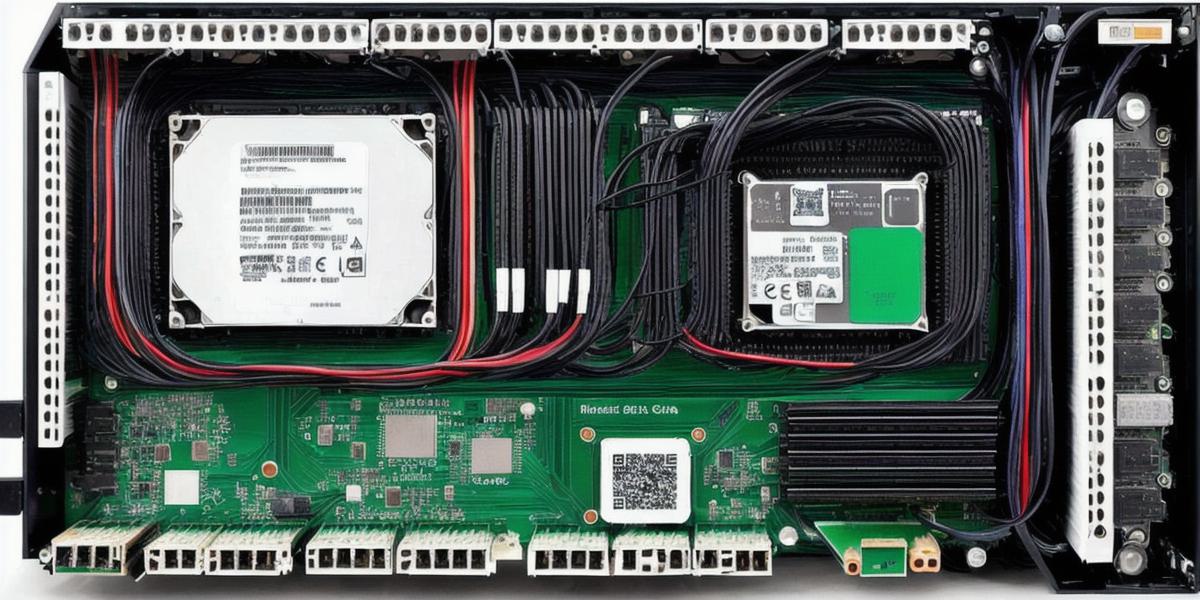Understanding the Components Inside a Server: A Guide for Programmers

As a programmer, you may not always need to know the details of how servers work. However, understanding the components inside a server can help you optimize your applications’ performance and ensure their security. In this guide, we will explore the key components of a server and their functions.
1. CPU (Central Processing Unit)
The CPU is the brain of the server. It performs calculations and executes instructions. A powerful CPU ensures that the server can handle multiple tasks simultaneously. A fast CPU is crucial for high performance applications, such as web servers.
2. RAM (Random Access Memory)
RAM stores data temporarily, allowing the server to access it quickly. The more RAM a server has, the faster it can process requests. It’s essential to have enough RAM to handle the demands of your application.
- Hard Disk Drive (HDD) or Solid-State Drive (SSD)
The hard disk drive (HDD) or solid-state drive (SSD) is where data is stored permanently. HDDs are less expensive but slower than SSDs. SSDs, on the other hand, are faster and more reliable but also more expensive. It’s recommended to use an SSD for production servers. - Network Interface Card (NIC)
The NIC connects the server to the network. It allows data to be transmitted between the server and clients. A fast NIC is essential for high-speed applications, such as web servers. - Power Supply Unit (PSU)
The power supply unit (PSU) provides power to the server’s components. The quality of the PSU is crucial for ensuring the longevity of your server. A reliable PSU can prevent power surges and overvoltage, which can damage the server’s hardware.6. Motherboard
The motherboard connects all the server’s components together. It provides a platform for the CPU, RAM, HDD/SSD, NIC, and other components to communicate with each other.
7. Cooling System
Cooling systems are essential for ensuring the stability and longevity of your server. They prevent overheating, which can damage the server’s hardware. There are various types of cooling systems, including air coolers, liquid coolers, and hotplate coolers.
In conclusion, understanding the components inside a server is crucial for ensuring its performance and security. By knowing the key components and their functions, you can optimize your applications’ performance and ensure their stability. Additionally, regular maintenance and monitoring of the server’s components are essential for preventing hardware damage and prolonging its lifespan.








